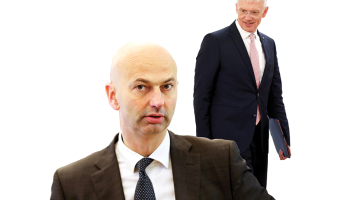
2020_02_sapling-154734_1280.jpg
The Central Statistical Bureau confirmed a few days ago what we all knew: That GDP also grew in the 4th quarter of 2019 (but not by much; just 1.1% year-on-year), implying uninterrupted growth for the past 36 quarters since the economy emerged from the recession following the financial crisis.
Here just a little dissecting of the growth performance of this century: Where did it come from and what can we expect as we go ahead? In figure 1 I show three sets of GDP data, all in constant prices of course: GDP itself (relevant as a measure of economic activity), GDP per employed person (relevant as a measure of productivity and its relation to wages) and GDP per capita (relevant as a measure of average income in society).
Figure 1: GDP, GDP per employed person and GDP per capita, constant prices, quarterly data, 2002-I – 2019-IV; 2002-I = 100














